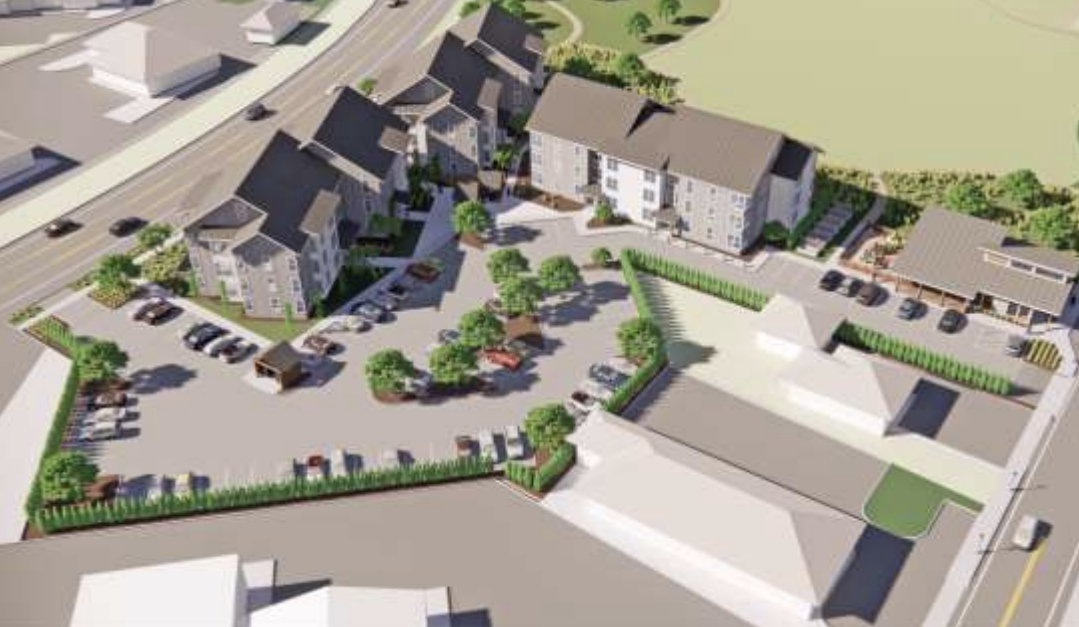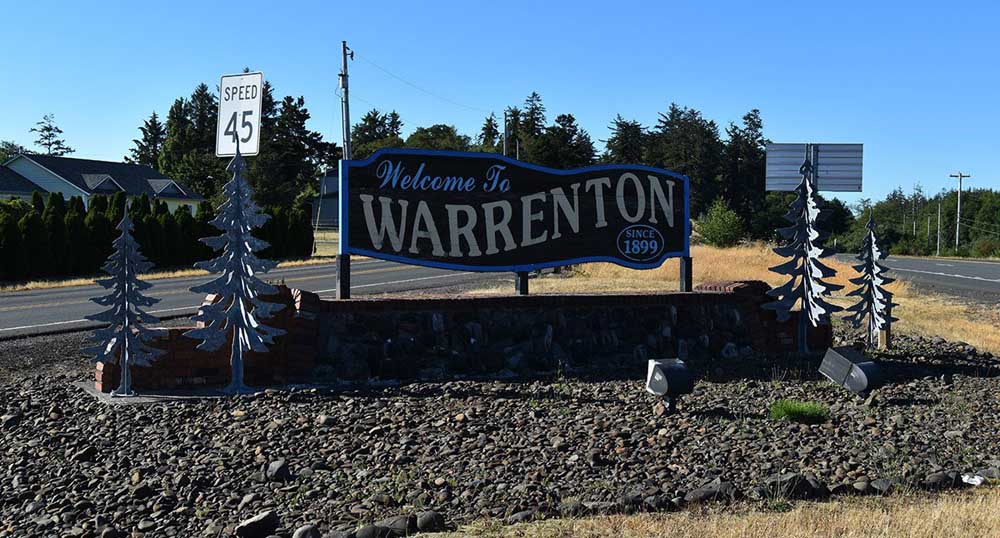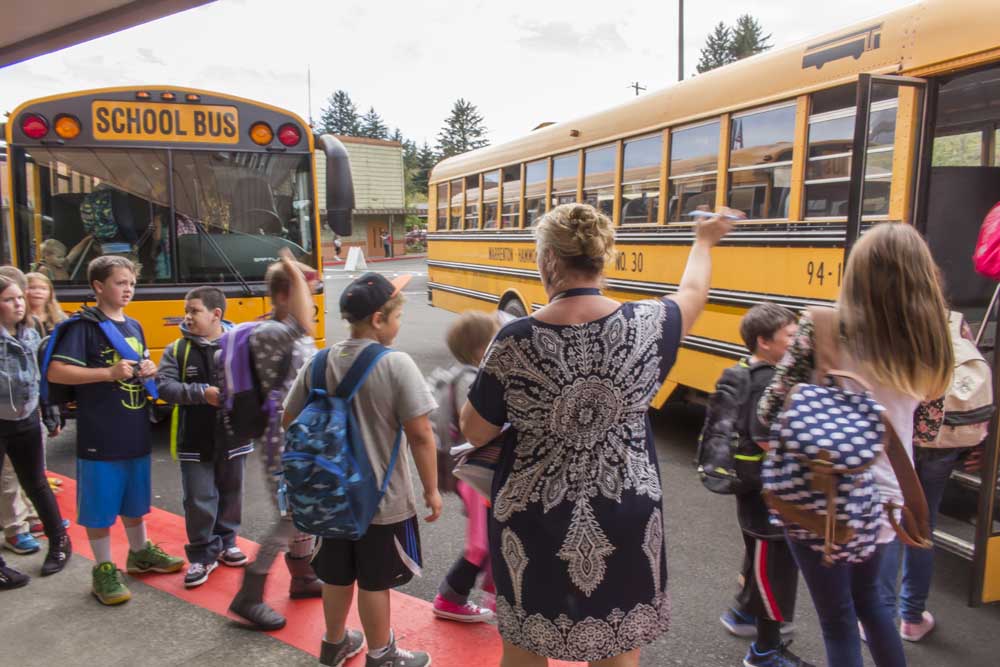Pacific Northwest had its own KKK
Published 4:00 pm Thursday, January 8, 2009
Seeing the name Ku Klux Klan, most of us form an instant mental image of Southern lynch mobs and dumb white men mixing costumes with bigotry: angry skinheads in silly outfits.
True enough, except that we enlightened and left-leaning Pacific Northwesterners also are part of the happy little KKK Klub, at least from a genealogical standpoint. The KKK’s robust role in Astoria’s 20th century history can be explored at the Clatsop County Heritage Museum. Broader themes surrounding organized racism in the Northwest states are the subject of a fascinating Web-based project at the University of Washington. (A summary and link can be found at (uwnews.org/article.asp?articleid=45135)
“We tend to associate images of Klansmen burning crosses, wearing white robes and holding public rallies with the South,” says study author Trevor Griffey. “But seeing some of the images we found and learning the stories of a secret society of white supremacists in Washington state shows that the Pacific Northwest also has a history of racism that we shouldn’t overlook.”
Griffey explains that the KKK’s success in Washington and Oregon was part of a second wave of activity for this group, which began by opposing black participation in Southern politics and economics following the Civil War. The Klan came to dominate the Oregon Legislature in the early 1920s by demonizing southern European immigrants. It led a successful 1922 initiative drive to ban private Catholic schools in the state. On the national level, the Klan helped push restrictive immigration laws through Congress in 1924.
After gaining such a claw-hold in Oregon, the Klan sought to bring its campaign to Washington, largely in the form of anti-Catholic Initiative 49, which was soundly defeated in 1924. But Washington can’t be too self-congratulatory, as the KKK lingered on there through much of the 1930s. The Klan didn’t die until war was declared against its Fascist cohorts in 1941.
I don’t know if Grandpa was in the Ku Klux Klan. Race hatred was deep as the sawdust in the Puget Sound mill where he drove log trucks for 30 years. The KKK’s venom flowed through Whatcom County’s veins long after the rest of Washington state bled it out. In a chapter titled “The Strongest Chapter in WA: Bellingham’s KKK,” Griffey tracks the outrageous and sickening achievements of the Klan in my family’s home county.
Old photos show parades with hundreds of hooded participants marching down Holly Street in the 1920s, a few blocks away from our family home in a working-class neighborhood on Iron Street.
But proximity doesn’t imply support and everyone says Grandpa was a sweet old man. I like to think he was never bit by the KKK bug and belonged among the people represented by the Bellingham Reveille. Its editor wrote in 1924, “Drop the Klan, boys: It is looked down upon by tens of thousands of the best citizens of this state … The Klan is the most inexcusable organization ever affected in this country.”
The editor of the Astorian-Budget, Merle Chessman, also fought the Klan. Eminent Astorians, to be published in 2010, will contain a chapter on Chessman and Astoria’s Klan, by the late Prof. Sandra Haarsager of the University of Idaho.
They didn’t wear robes and masks and ridiculous pointy hats in the Pentagon where Dad worked in the 1940s. My 11-year-old daughter will tell her grandchildren what she saw at Barack Obama’s inauguration.But despite their heroism in World War II and earlier conflicts, blacks were still seen as mostly useful for scrubbing toilets and peeling potatoes. Dad’s reaction when my little brother started dating a gorgeous biracial musician? The stuff of sitcoms, unless you had to live through it. It speaks well of him that despite his own bigotry, he never tried to infect us kids with it. Like his father, my dad was a fine man, no Archie Bunker, but idiotic when it came to race.
I have a big chain saw and an old pickup that supports its own ecosystem of algae and harbor rats. My favorite shirt cost $3 on half-price day at Salvation Army. Having thus established my he-man bona fides in the hope of avoiding teasing, let me admit that tears dripped onto that shirt on election night. It was like seeing sunrise after a night you didn’t expect to survive. There is mercy and righteousness in a nation that can so decisively turn its back on our legacy of racism.
Our basic humanity resides in bearing witness and remembering. Seeing with our own eyes, telling stories – these are yeast to the bread of our souls. So my 11-year-old daughter and I will be in front of the nation’s Capitol in a few days. She will tell her grandchildren what she saw at Barack Obama’s inauguration.
– M.S.W.
Matt Winters is editor of the Chinook Observer.





